
Animals Asia’s investigators discovered hundreds of animals – including endangered species – are housed in poor living conditions, showing stress-related abnormal behaviours, while some of these are reportedly dead at captive animal premises such as circuses and amusement parks across Vietnam.

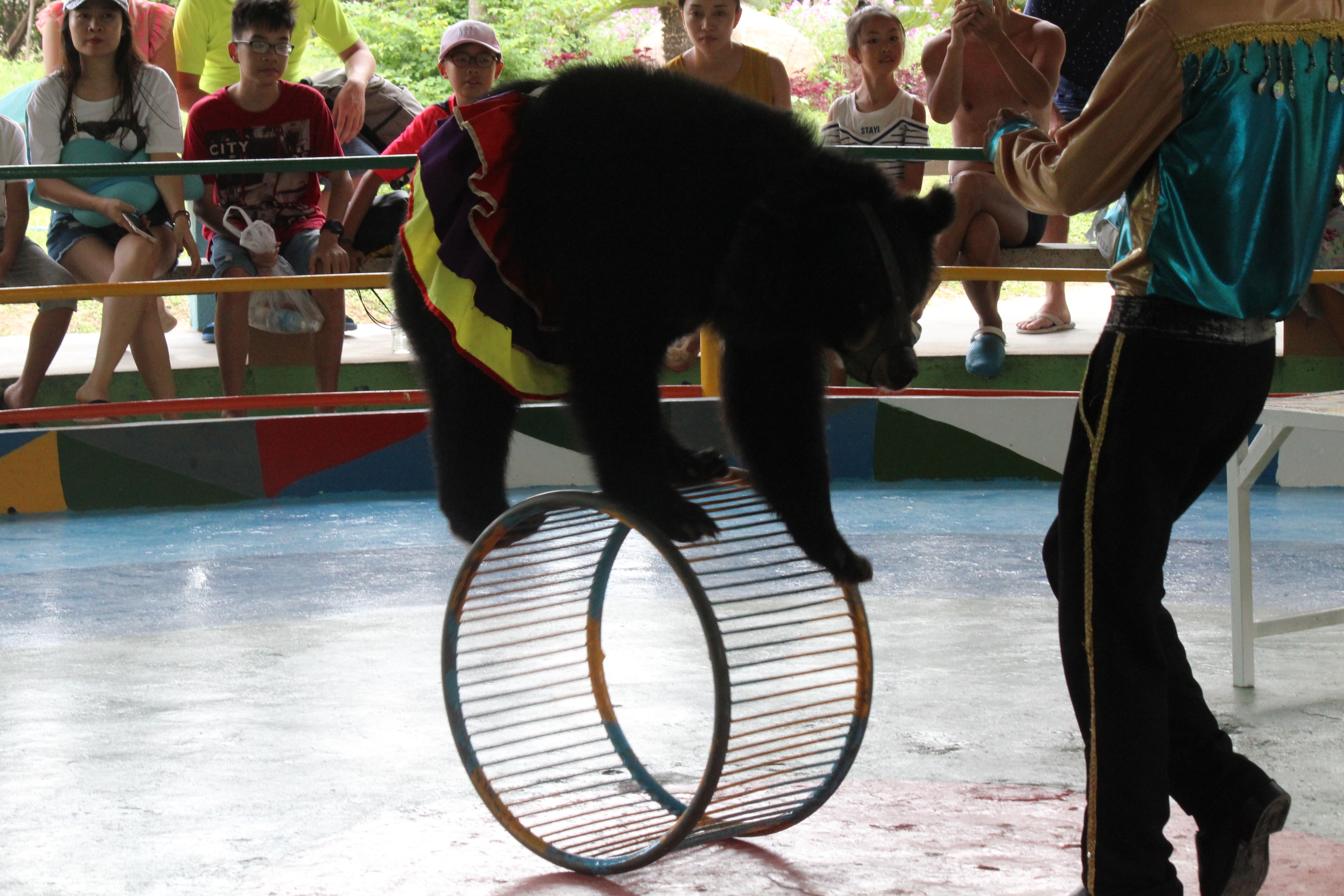
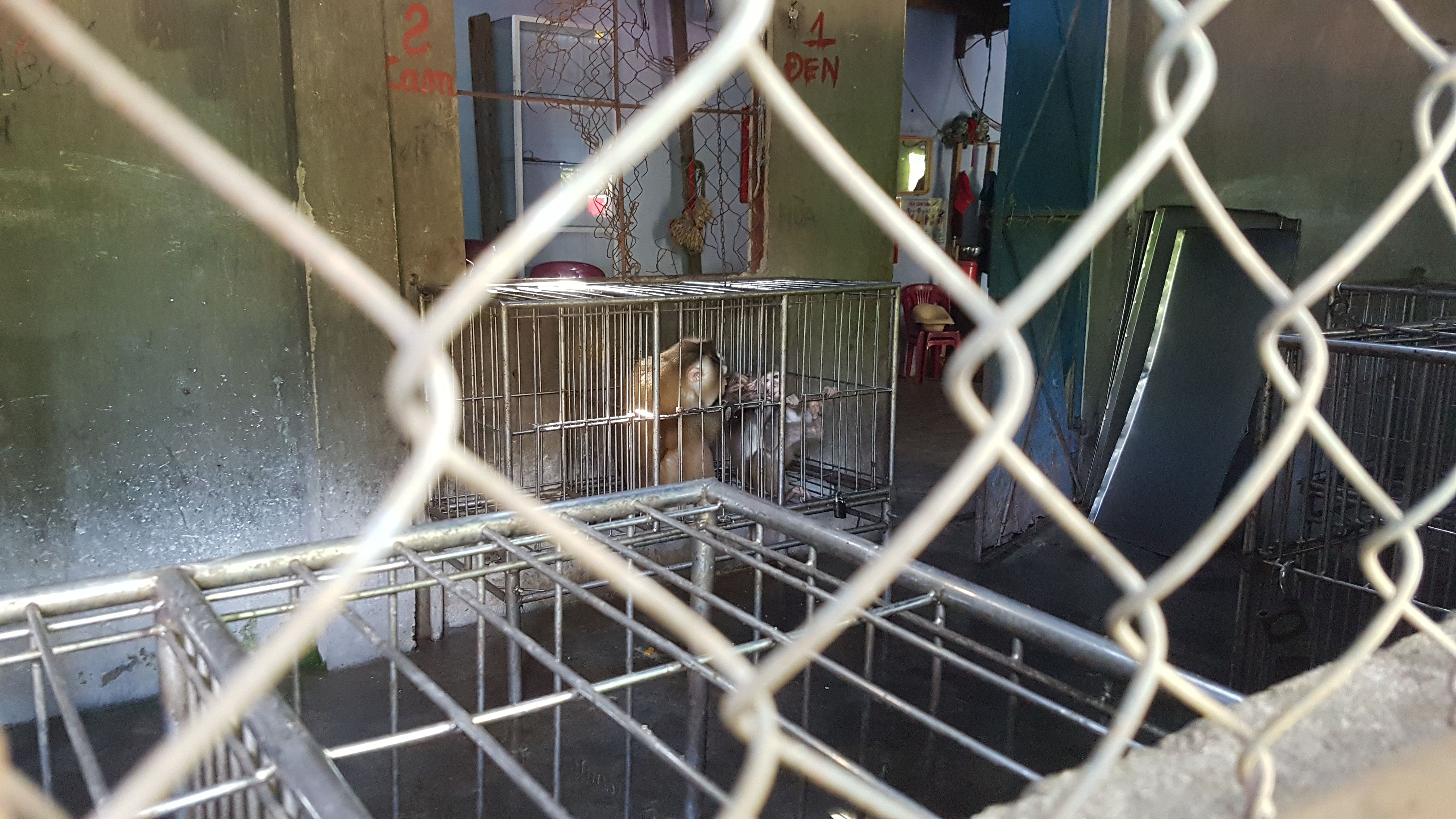
The organisation’s latest “Vietnam Circus Report” (link) revealed that species such as Asiatic black bears (link) (link), Asian elephants (link) (link), gibbons (link) and Siamese crocodiles (link) are being used in these facilities, which are listed as “most endangered” under Appendix-I of the CITES. These species are also categorized as “critically endangered” while some as “endangered” and “vulnerable” species on the IUCN Red List.
These are also listed as protected species (IB species) under Vietnamese law and are strictly prohibited from exploitation and use for commercial purposes. Despite this, some facilities in the country continue to use these species for commercial exploitation in circus shows.



Animals Asia investigators found 15 different species are used for performances in 17 facilities, with the most common ‘circus’ animal being the macaque, used at 11 venues. While some macaque species are “endangered”, nearly all of them have decreasing populations. (link)
The report emphasizes that these facilities are also a threat to global wildlife, and while the origin of many circus animals is mostly undocumented, wildlife trafficking is another major concern. CITES records document that between 2008 and 2019, 38 bottlenose dolphins have been imported into Vietnam, a species listed as “critically endangered” on IUCN’s Red List. (link) 33 of these are reported as wild-caught individuals from Japan. Their use in circus performances is also a contravention of Vietnamese law.
Cruel to wildlife: Loud music, strong lighting, forced to perform unnatural tricks
Extremely poor conditions and the behaviour towards these animals is another concern pointed out in the report. The investigators say that during their visits, they saw animals performing who are clearly carrying injuries, who are dangerously underweight, showing signs of self-harm and cowering as a trainer approaches with a whip.

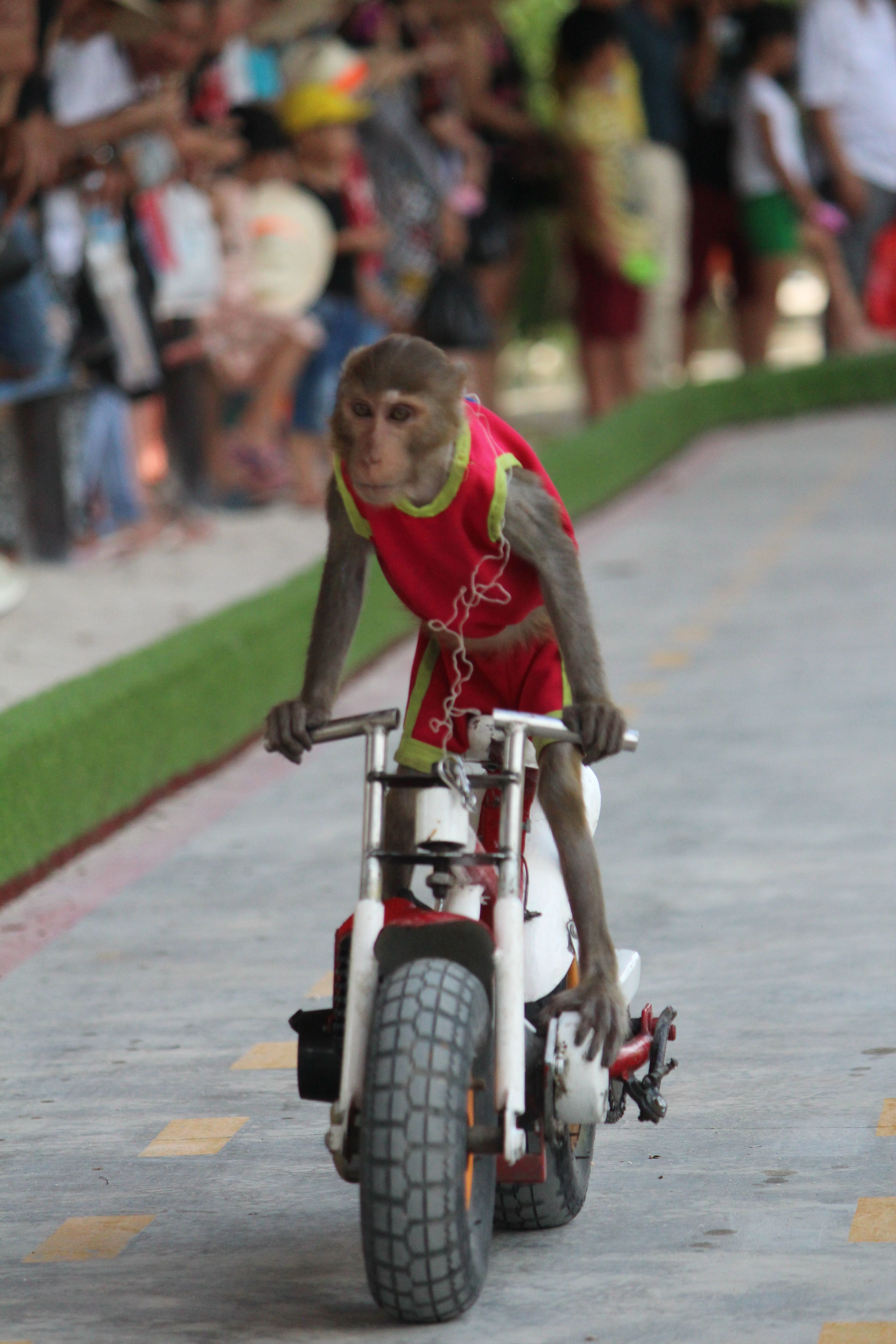

Loud music, crowd noise, and constantly changing lights are the typical environment at these venues. Loud noise is a known stressor, and acoustical stress within and outside the human hearing range can cause critical alteration in physiological parameters. This, coupled with strong lighting and performance acts in the presence of spectators are likely to cause excessive stress during each performance.
Dominance, physical abuse or punishments such as withholding of food are used by the handler to assert authority over an animal and to force it into carrying out the desired behaviours. Such dominance has been seen on numerous occasions with circus handlers striking elephants, macaques and bears when they have become stressed and refused to instantly perform the trick they are asked to carry out. Handlers have been seen dragging bears around the circus arena via ropes attached to bear’s noses, striking and dragging macaques, kicking, hitting and dragging crocodiles by a rope tied around their necks, dragging snakes by their tails and crushing the skulls of green pit vipers before supposedly passing the ‘’live’’ snake through their nasal passage.
Animals showing symptoms of extreme stress and brain dysfunction as some reportedly died in these facilities


Animals Asia investigators reported several animals in these circuses have been observed displaying abnormal behaviours. Stereotypic weaving and rocking were observed with captive bears at Hanoi Central Circus and at the popular tourist attraction Monkey Island. Bears in Monkey Island were observed rocking and banging their heads against the cage bars and self-mutilating, and macaques were seen head twisting and swaying from side to side within their restrictive enclosures. Stereotypies typically indicate captive environments that compromise animal welfare, and they may even reflect specific forms of brain dysfunction.
While the CITES report shows 38 bottlenose dolphins imported into Vietnam, currently four facilities exhibit dolphins for circus shows. Animals Asia’s investigators assume that each facility has two or three individual animals, therefore between 26 to 30 individuals are no longer in Vietnam and it is reasonable to assume that many of them have died. This assumption is supported through personal communication with staff members in these facilities.
“Through my investigations, it's very sad to see how people exploited the animals and abused them,” says Animals Asia’s undercover investigator, who visited these facilities and witnessed the cruelty in person. “They are highly social, intelligent animals, but kept in isolation and unhygienic conditions. This causes them unnecessary suffering, especially knowing that we - humans - have a wide variety of forms of entertainment that do not need to involve animals.”
Call to end an archaic and cruel form of animal abuse in the name of entertainment
On a positive note, Animals Asia says that many positive steps have been taken by the Vietnamese authorities and the management of these facilities, since the organisation’s previous circus report, released in 2017. While 16 circus shows have stopped using any animals in their shows, seven circus shows ended the use of some species in recent years. From mid-2018 onwards some circuses have gradually been replacing wild animals with domesticated species, including cats, pigs, buffaloes, and horses.
As an organisation that has been running public outreach campaigns, collaborating with the authorities and circus managers to improve the situation for years, Animals Asia says that Vietnamese civil society and the Vietnamese government have made great strides in recent years to protect animals from suffering. But while the remaining facilities continue to profit from the mistreatment of animals in the name of entertainment, the organisation calls out the Vietnamese authorities and facility owners to continue and strengthen their commitment to end the use and abuse of wild animal species in circus shows for good across the country.
“Circuses with animals belong in the past, and should hold no place in our current societies. They are dispossessed of their intrinsic needs to perform many of their natural behaviours, socialise with their conspecifics, play and forage as they would in their natural environment. Some are even taken from their wild homes and families to be subjected to such abusive treatment”, Animals Asia’s Animal Welfare Director Dave Neale says.
“Since our last report in 2017, our public outreach campaigns, discussions with the authorities and managers of circus facilities, some of them have stopped operating, and many of them have stopped using animals in their shows. But we are still far from ending these performances for good. Therefore we call upon the authorities in Vietnam to develop laws that protect animals, to give support to organisations that rescue and rehabilitate these animals, and the circus operators to diversify their business away from using animals, and we appeal to the public not to support facilities that continue to abuse animals for entertainment.”
The full report is here About Animals Asia Animals Asia is devoted to ending bear bile farming and improving animal welfare across Asia. The organisation promotes compassion and respect for all animals and works to bring about long-term change. Founded in 1998, the Animals Asia team has been rescuing bears since 1994. As the only organisation with a bear sanctuary in China, Animals Asia operates award-winning sanctuaries in China and Vietnam.
The founder and CEO, Jill Robinson MBE, Dr.med.vet. h.c., Hon LLD is widely recognised as the world's leading authority on the bear bile industry, campaigning against it since 1993. Animals Asia also works to end the trade in dogs and cats for food and abusive animal practices in zoos and safari parks and collaborates with governments and NGOs to improve the welfare of companion and captive wild animals.
Posted on 2022-04-15 11:19


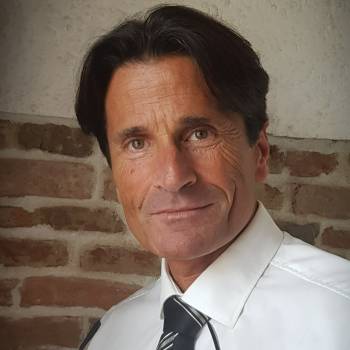
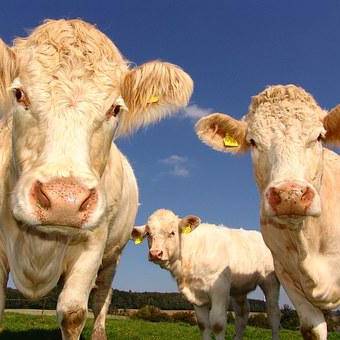

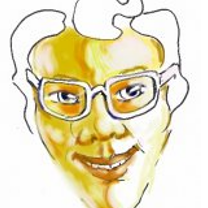


Comments